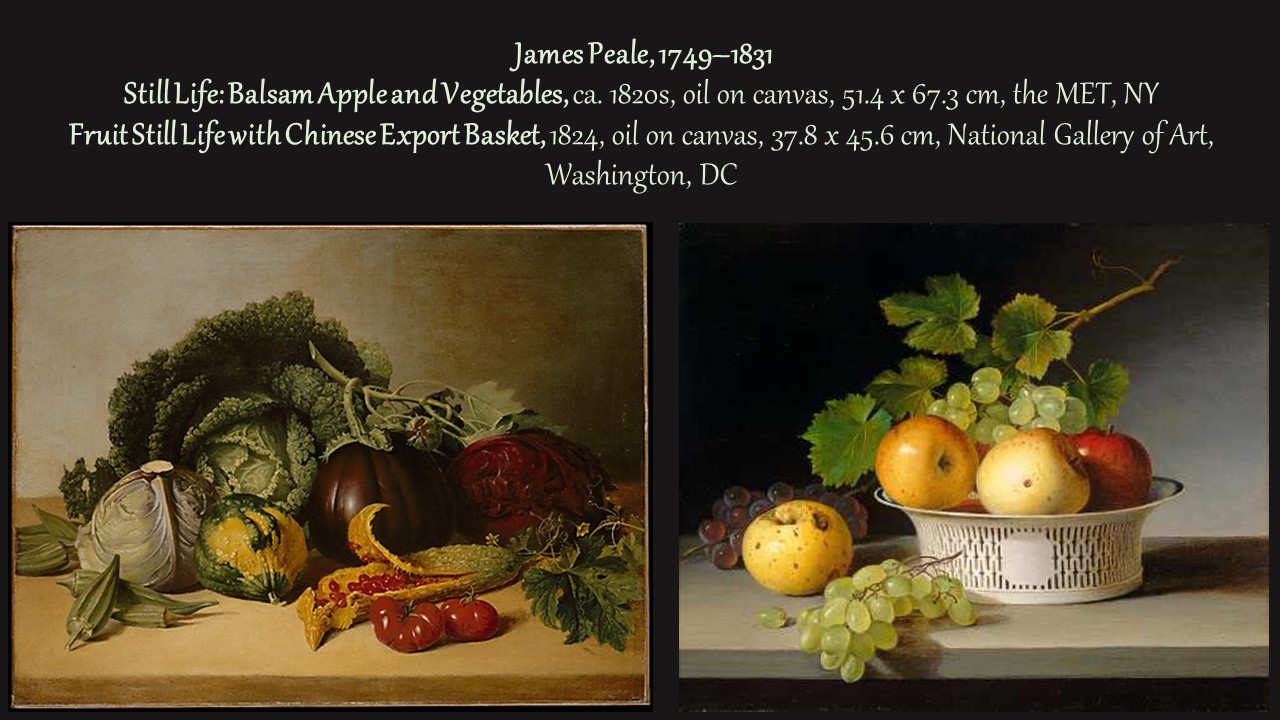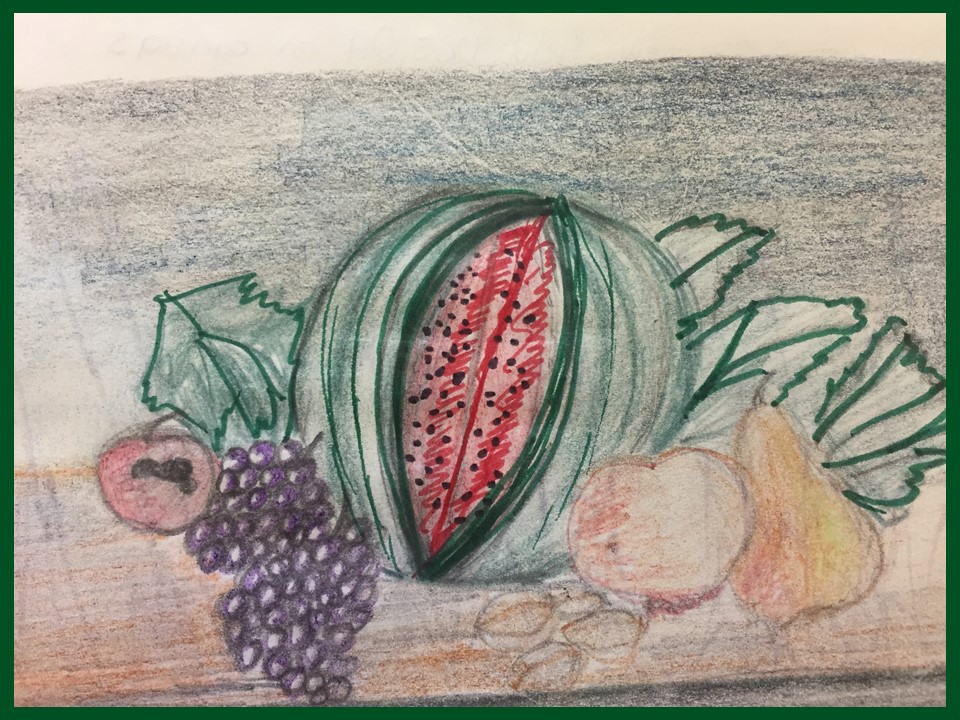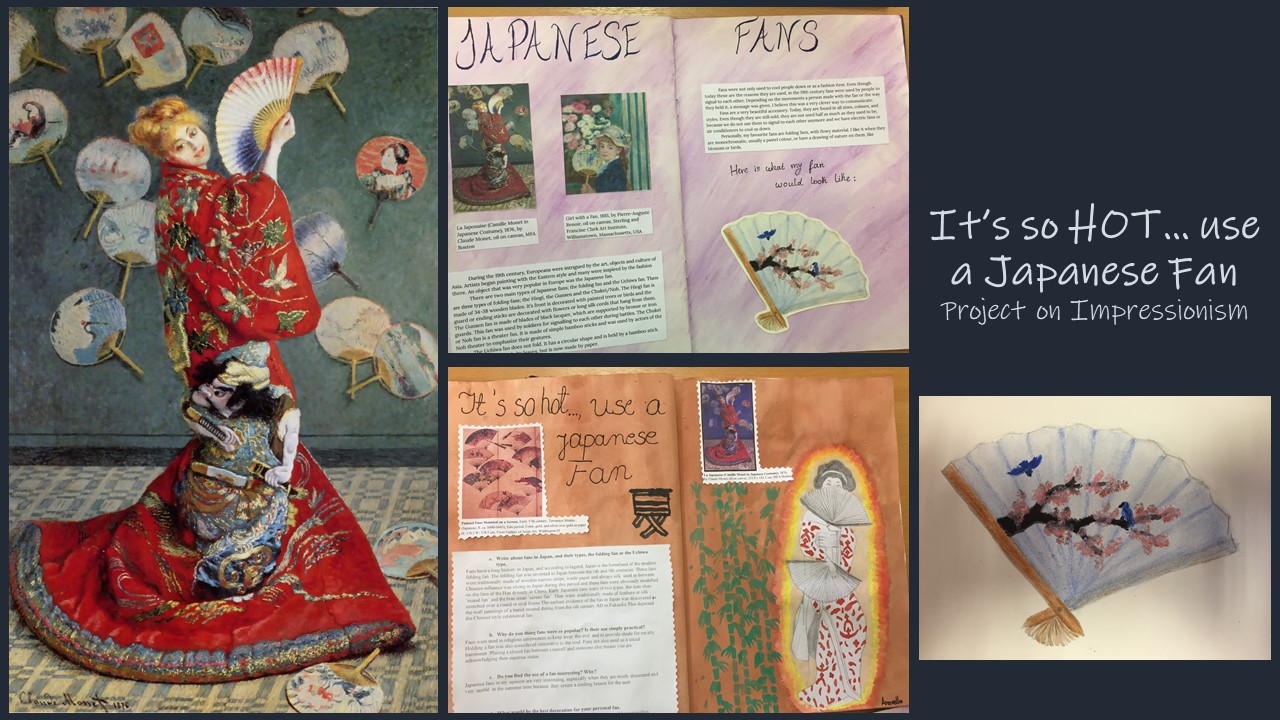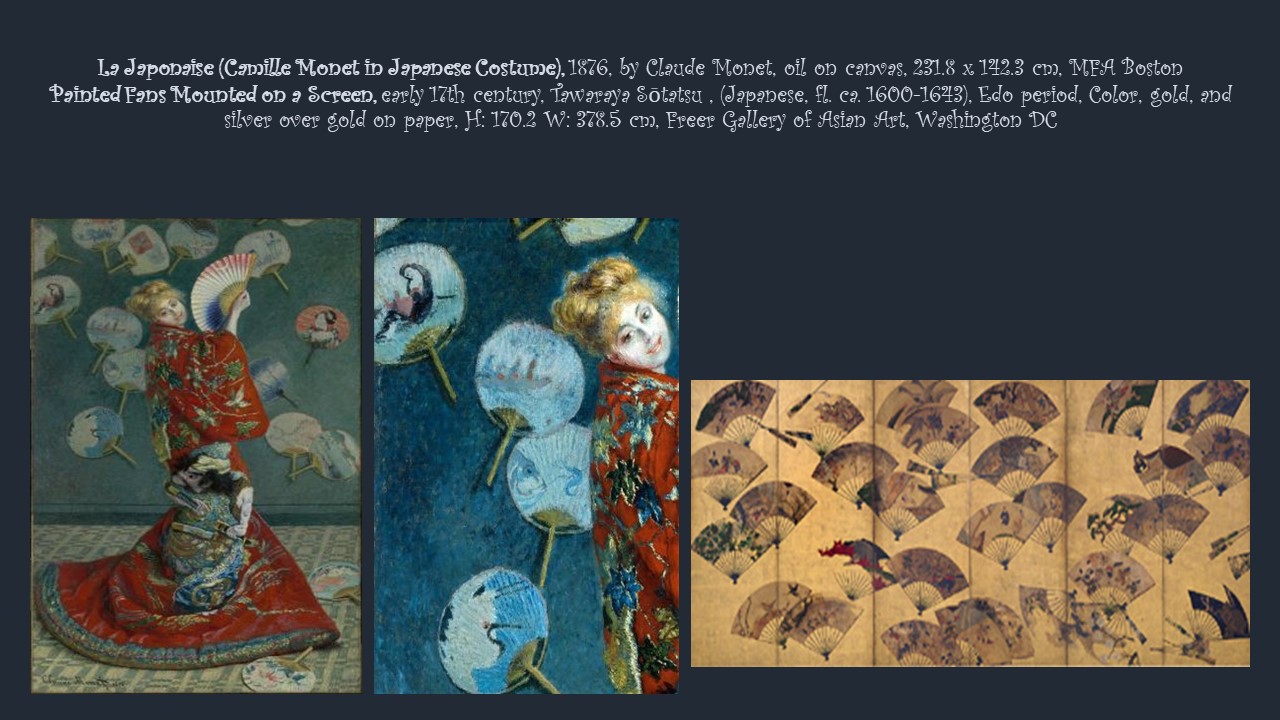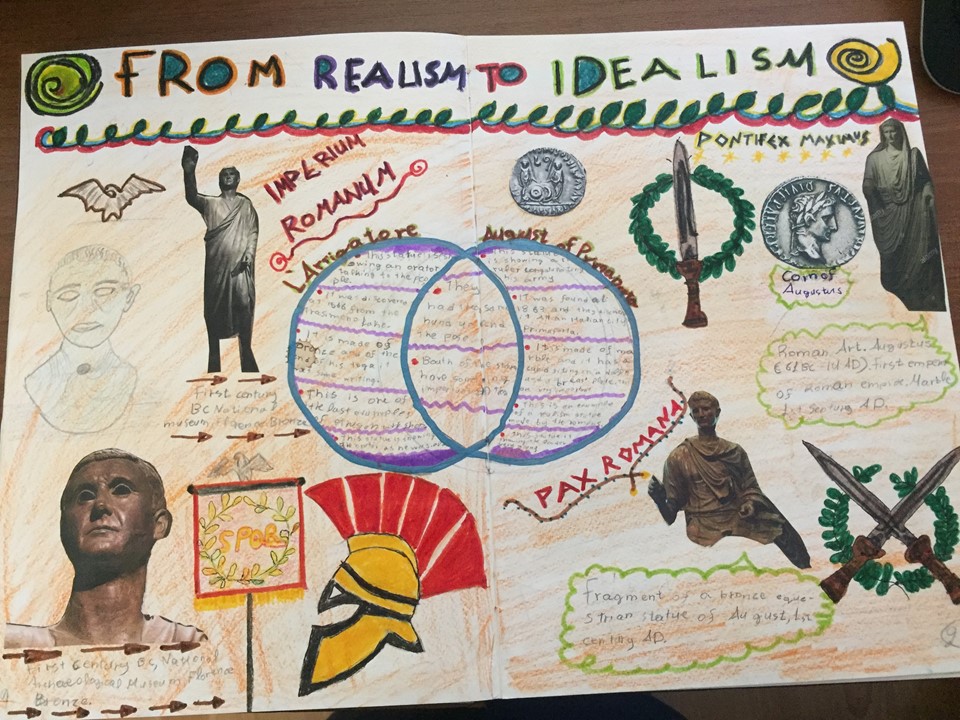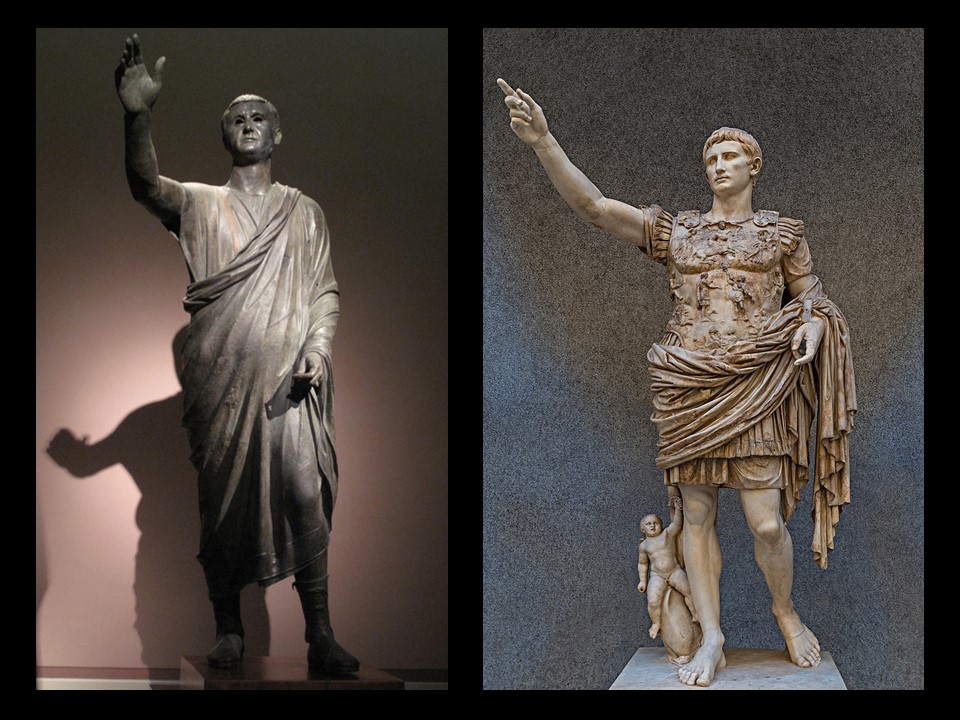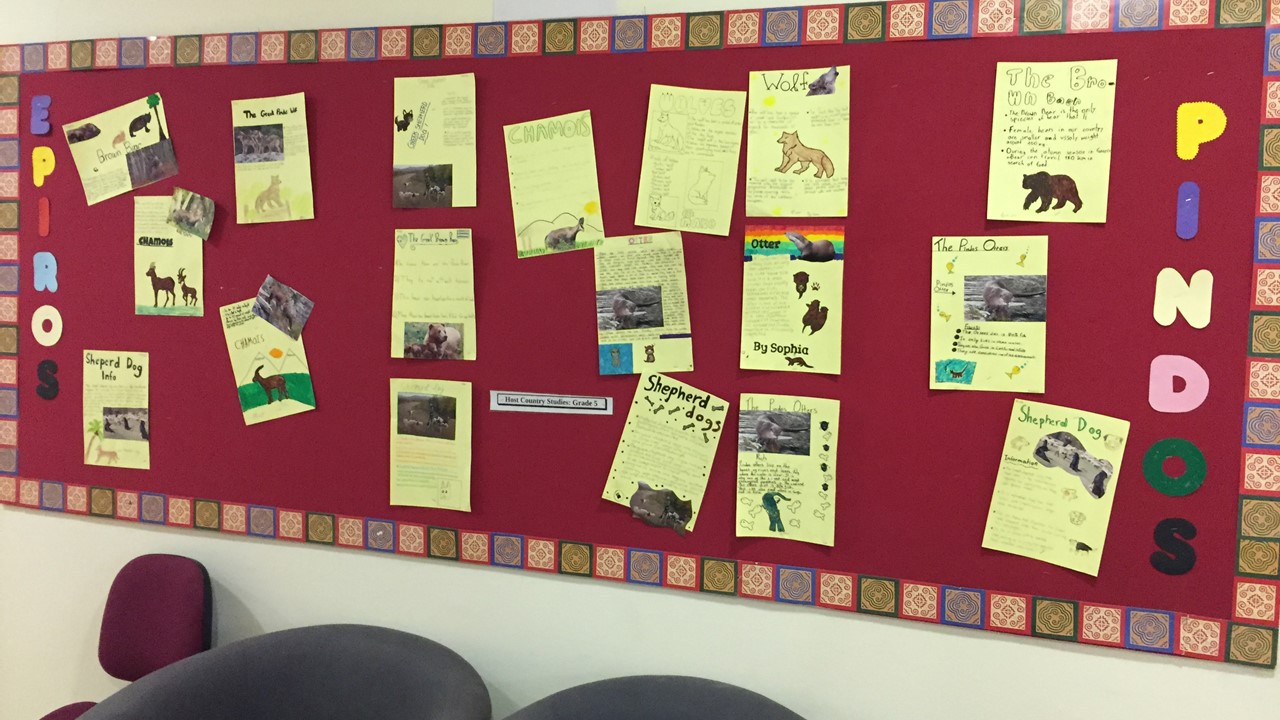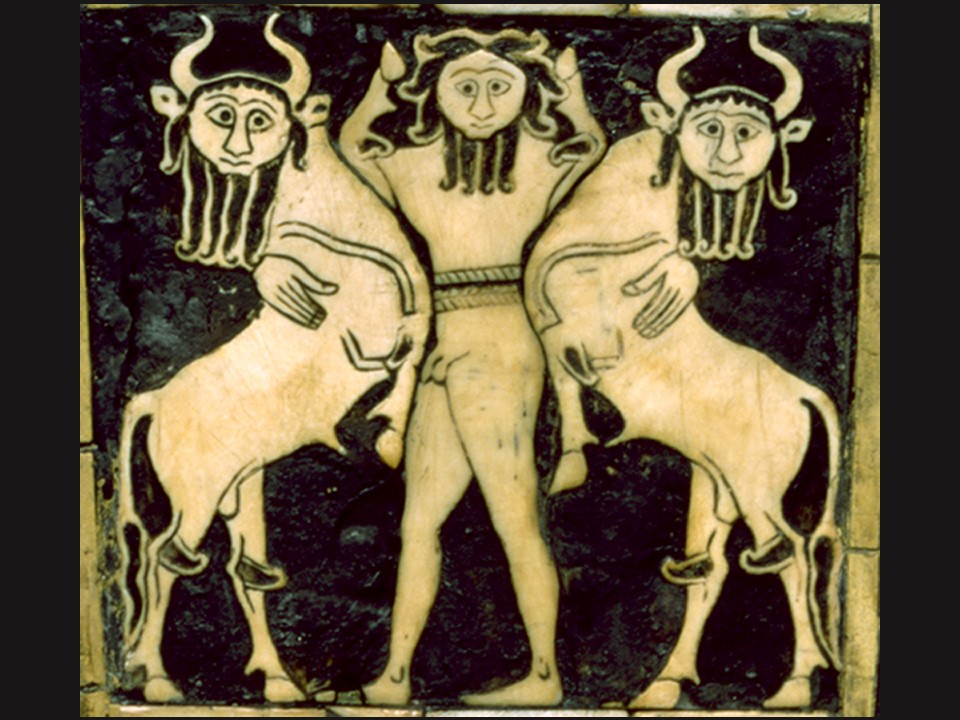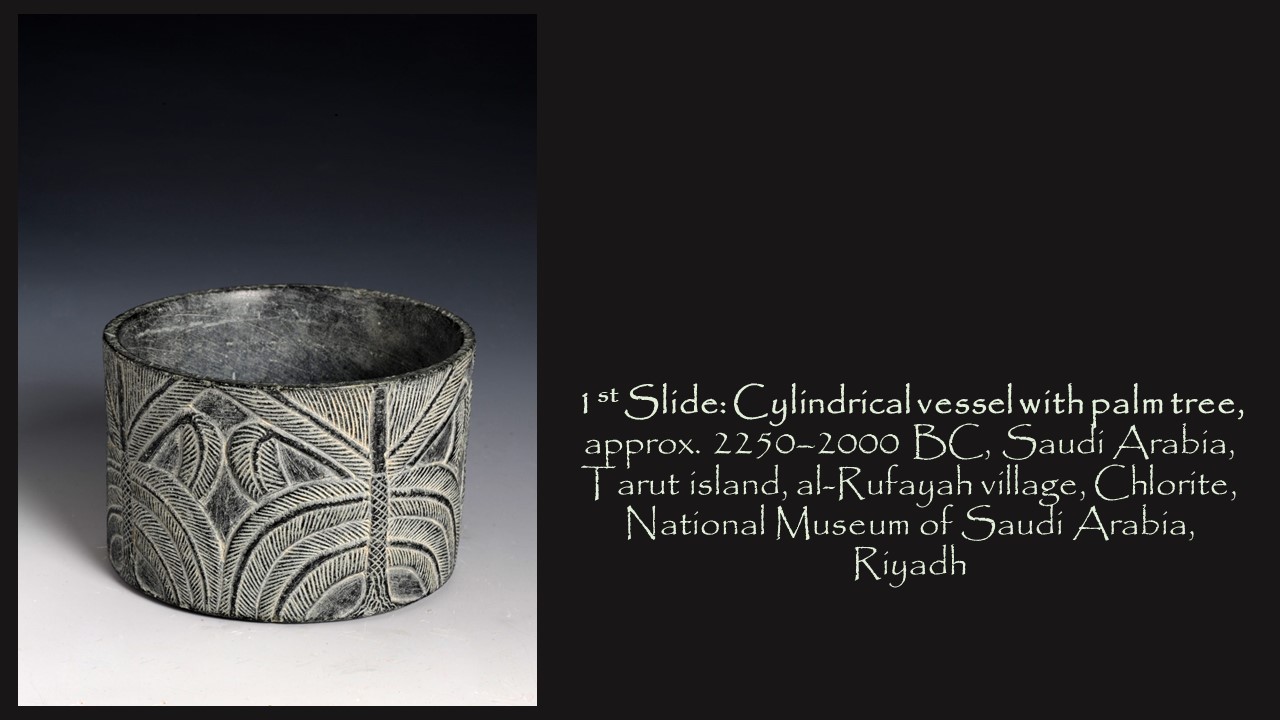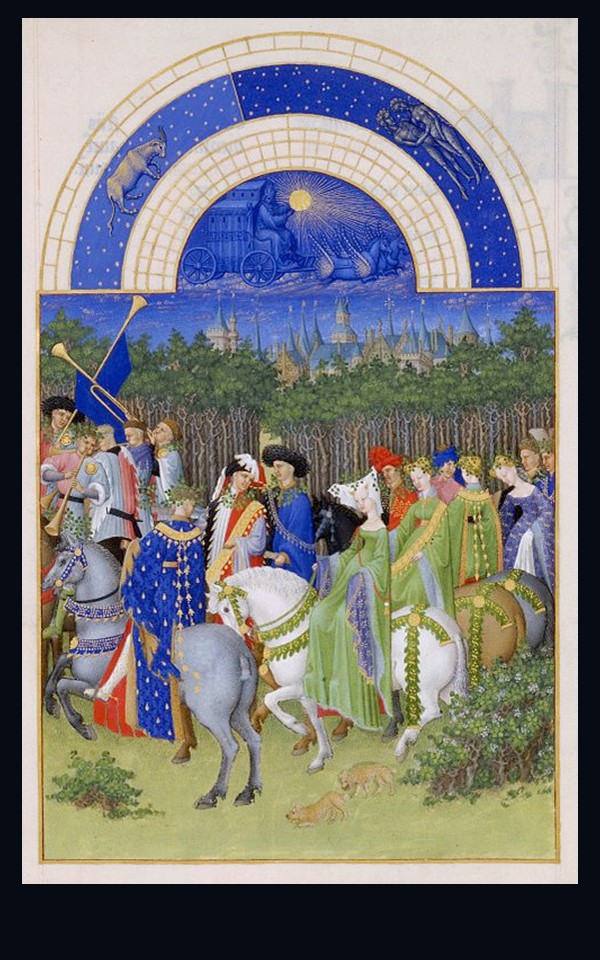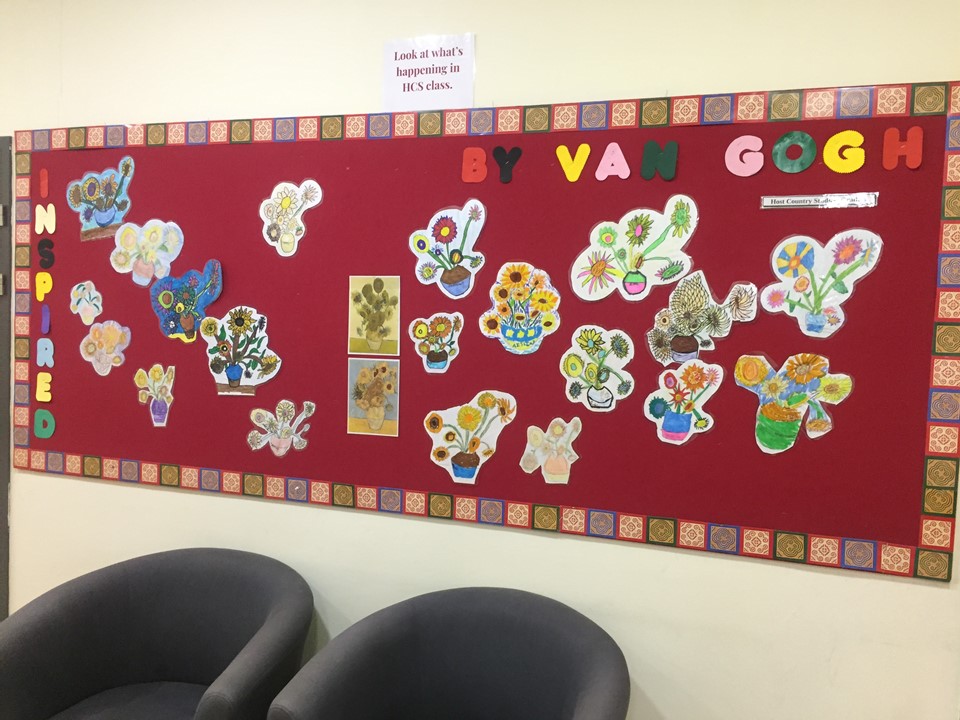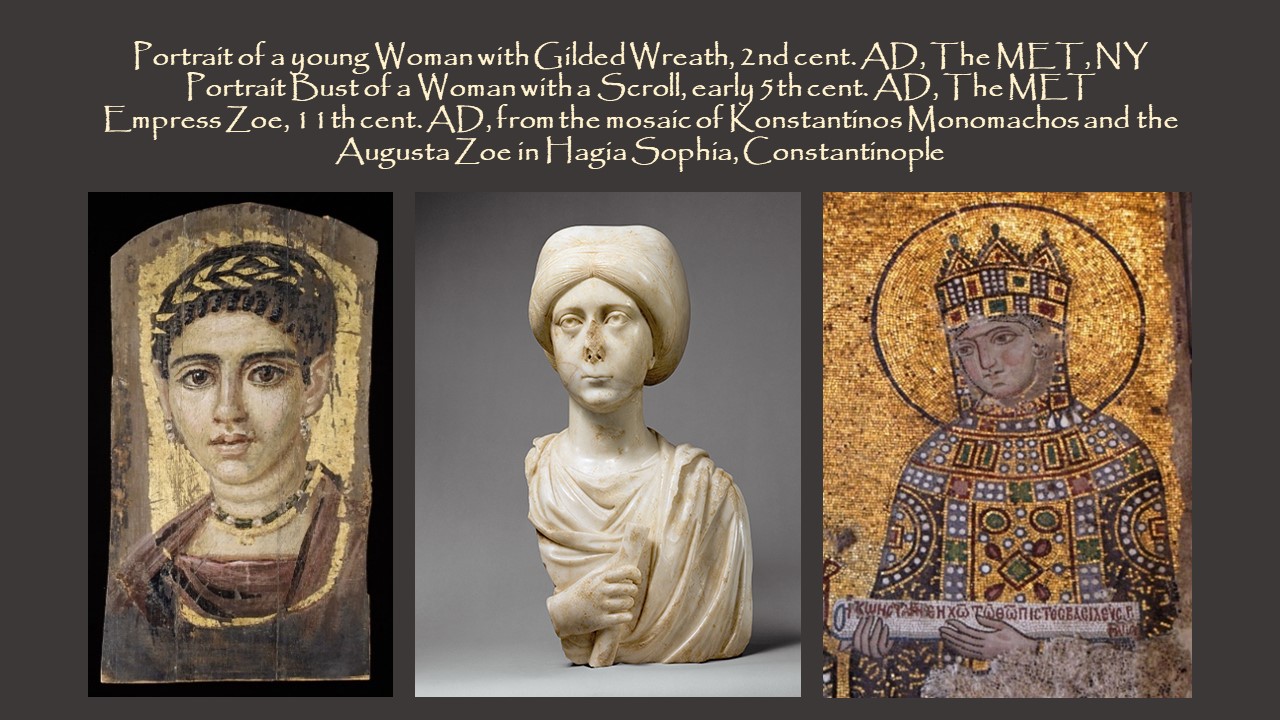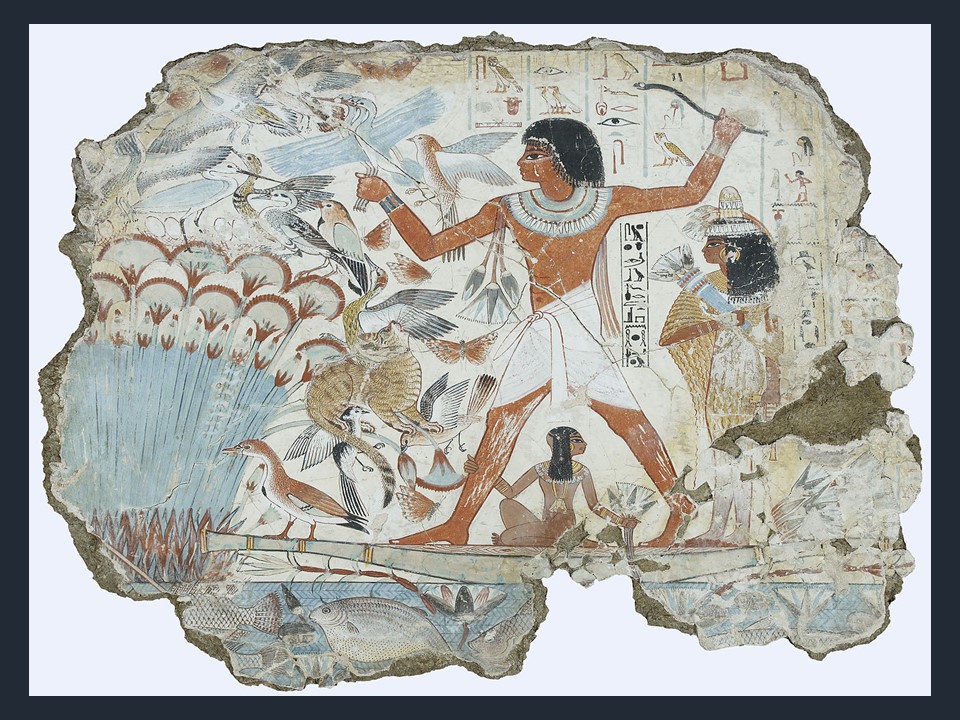
https://commons.wikimedia.org/wiki/File:Tomb_of_Nebamun.jpg
Among the many treasures exhibited in the British Museum is a set of 11 frescoes from the tomb of an Egyptian official called Nebamun who lived in the ancient city of Thebes during the 18th Dynasty circa 1325 BC. He was an educated man, a scribe, and an administrator in charge of grain collection for the Temple of Amun at Thebes. His Tomb, discovered in the Theban Necropolis, on the west bank of the Nile, present-day Luxor, was richly decorated with high-quality frescoes depicting scenes of Nebamun and his family engaging in everyday life activities like hunting, attending a banquet and overseeing a count of geese and cattle.
The British Museum frescoes of Nebamun’s Tomb were discovered back in 1820 by a young man called Yanni d’Athanasi, who was at the time working for Henry Salt, the British Consul-General and collector of Antiquities. The Tomb, its location unknown today, was probably badly destroyed by d’Athanasi’s team of tomb robbers. The frescoes, however, were sold to Henry Salt and then, in 1821, by Salt, to the British Museum. Since 2009, beautifully restored, the frescoes have been displayed in a new gallery at the British Museum.
https://www.britishmuseum.org/visiting/galleries/ancient_egypt/room_61_tomb-chapel_nebamun.aspx and https://www.khanacademy.org/humanities/ancient-art-civilizations/egypt-art/new-kingdom/a/paintings-from-the-tomb-chapel-of-nebamun and http://www.artinsociety.com/lost-masterpieces-of-ancient-egyptian-art-from-the-nebamun-tomb-chapel.html
For an interesting 3D interactive animation of the tomb-chapel of Nebamun check… https://www.britishmuseum.org/visiting/galleries/ancient_egypt/room_61_tomb-chapel_nebamun/nebamun_animation.aspx
Please check the PowerPoint on Nebamun’s frescoes “teachercurator” prepared… Here!
Student Activity on the Tomb of Nebamun frescoes can be found if you… Click HERE!
